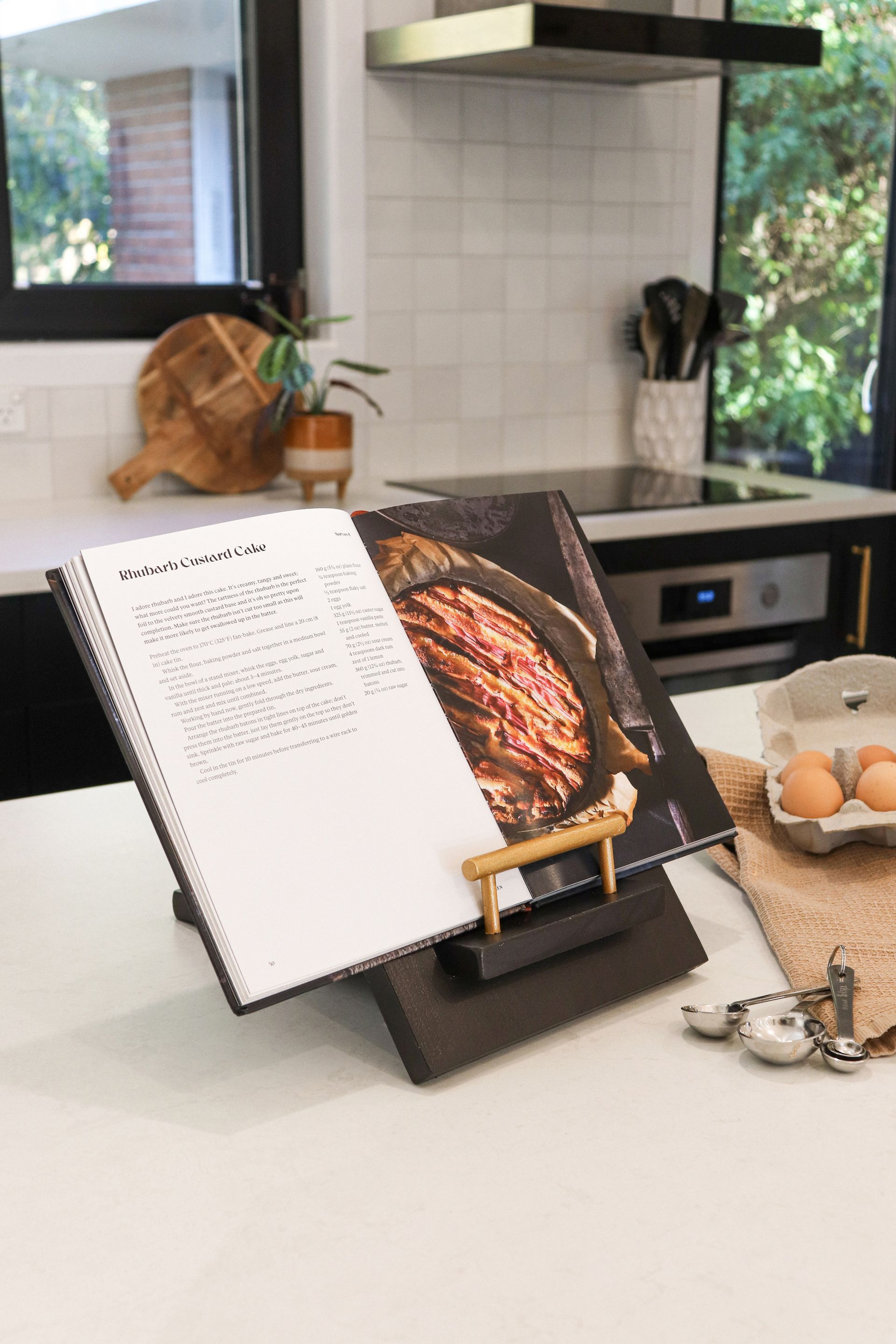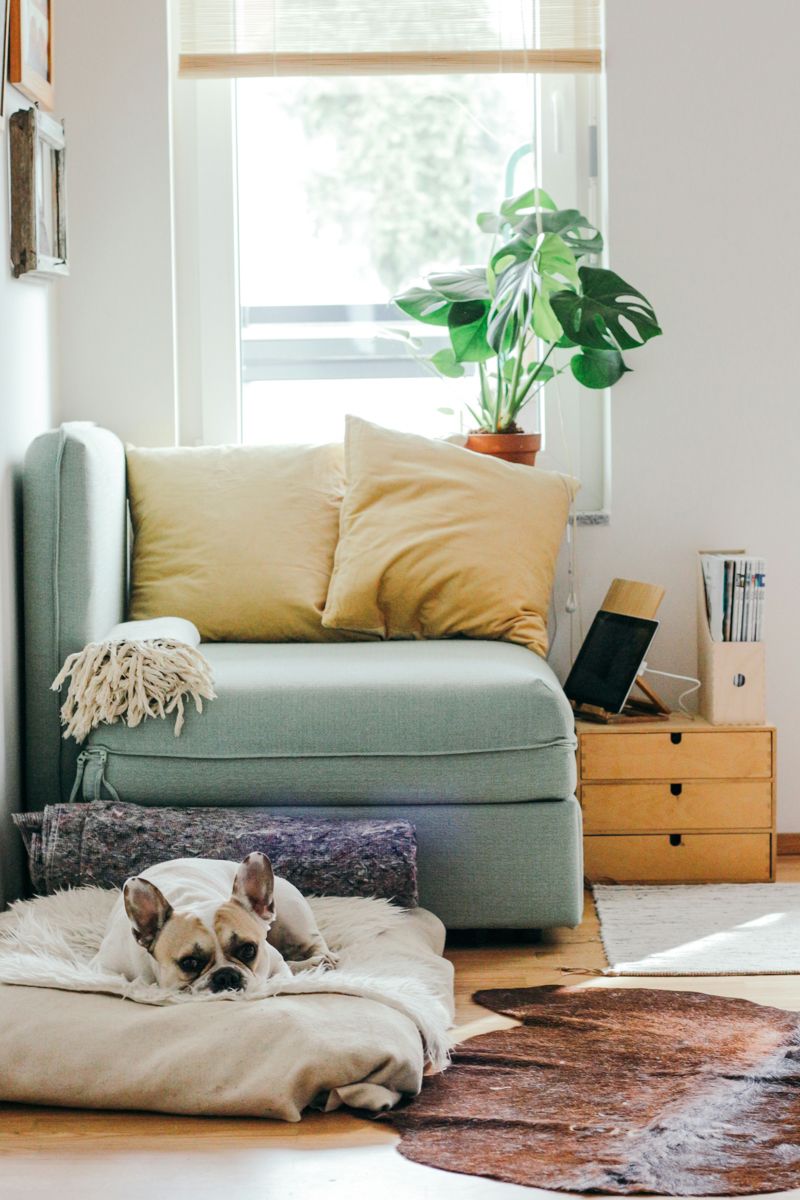A new high-end hotel in Queenstown is poised to be the go-to for the discerning traveller.
It’s true that New Zealanders are somewhat overly comfortable with casual; whether it’s the clothes we wear, the restaurants we dine in or the level of service we expect. But global businessman Kevin Carlin is challenging the status quo by injecting a new level of sophistication, refinement and luxury into Queenstown.
The brand-new Carlin Hotel is, quite simply, nothing like we have seen before. The lobby walls are adorned with exquisite, high-end art, while its collection of decadent suites boasts custom David Shaw fireside sofa beds, large indoor living spaces with indoor and outdoor fireplaces, and European marble bathrooms.
Opulence is a key theme of this breathtakingly beautiful hotel – this is the place to go if you want to feel like a celebrity, and be treated like one, too. Having just opened its doors in April this year, winter 2022 will be the hotel’s first ski season and now that borders have serendipitously opened back up to international travellers, The Carlin is bracing for an influx of high-profile overseas guests, as well as Kiwis who desire a taste of the high life.
‘We designed the hotel to be a luxurious temporary home all year round, but with a special focus on winter,’ says Kevin. ‘Queenstown is incomparable in winter – it is one of the most spectacular destinations in the world and has a great reputation overseas. The 2022 winter will be even more significant as we welcome travellers back here to enjoy the New Zealand ski season.’
Each luxurious suite at The Carlin (of which there are eight – including the Skyhome Penthouse, the largest penthouse in the Southern Hemisphere) is flanked by a generous terrace complete with a private spa that overlooks Lake Wakatipu and the stunning, snow-capped Remarkables mountain range. The hotel’s 24/7 butler service means a glass of champagne is never too far away, nor is a massage in the privacy of your own suite, a pre-ski sauna or workout in the hotel’s fully equipped gym.
‘The purpose of The Carlin is to make a vacation in Queenstown as relaxing and as enjoyable as possible,’ continues Kevin. ‘Our aim is to take care of everything for our guests, from food and beverage to transportation, enabling them to really make the most of their time here.’
Après-ski has never been more sumptuous than at the in-house restaurant, ORO. This elegant, world-class restaurant elevates traditional New Zealand fine dining with delightfully surprising, innovative cuisine by two chefs with Michelin Star experience.
Award-winning executive chef Thomas Barta worked alongside Gordon Ramsay at his acclaimed restaurant Claridge’s in London, while head chef Yann Robert has trained in some of the best kitchens in Europe. Both supremely talented chefs are intent on blurring the lines between food and art, and this is evident in ORO’s creative winter menus.
The restaurant itself is a warm and welcoming space – and the place to be seen. Queenstown locals and holidaymakers converge with a shared love of outstanding cuisine, wine and live entertainment, including the occasional performance by Kevin himself, an accomplished musician and composer who has previously recorded with the New Zealand Symphony Orchestra. Immaculately presented wait staff are commendably knowledgeable on all components of the menu, as well as wine pairings.
This dedication to attentive, premium service is exactly what Kevin had in mind when conceiving The Carlin. As a former sous chef for Hilton Hotels in California, Kevin was immersed in the world of fine dining and six-star service. He even founded his own catering company, providing backstage cuisine and butler services to more than 80 rock stars and celebrities; Ozzy Osbourne, Olivia Newton-John, John Travolta, Van Halen, Sting … to name a few.
Today, his excellence in hospitality is fundamental to The Carlin, as is his innate, global understanding of the luxury travel industry. ‘I wouldn’t describe The Carlin as overly formal or traditional,’ concludes Kevin. ‘The first-class service we provide caters to the modern needs of our discerning guests who seek superior service without the stuffiness. It’s more personalised – we get to know our guests, their likes and dislikes, and all of these finer details contribute to an overall better, more memorable experience of Queenstown.’
To make a booking, visit thecarlinhotel.com.
Recent stories



All Rights Reserved | CountryWide Media





